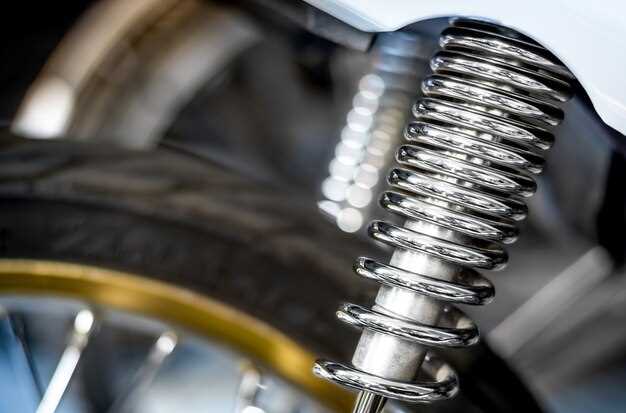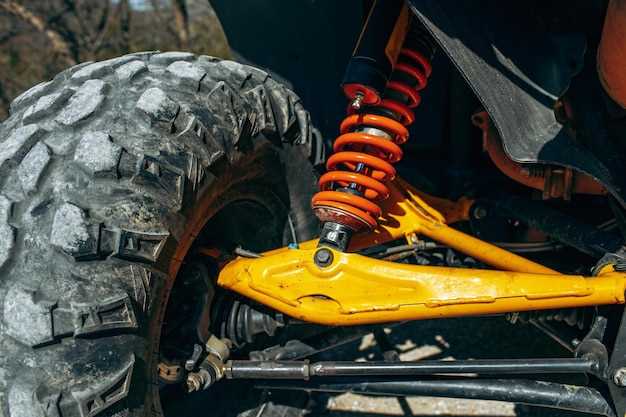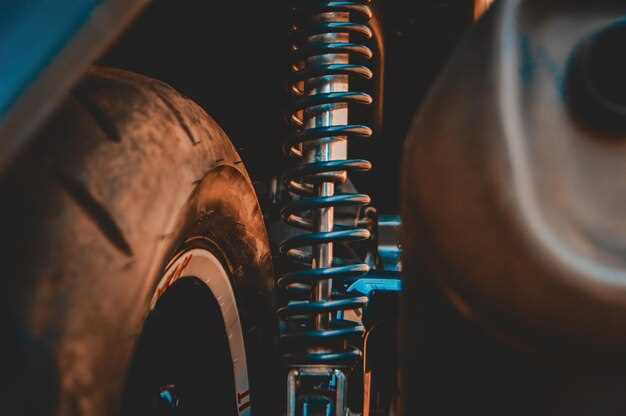
When it comes to vehicle suspension systems, understanding the role of shock absorbers and struts is crucial for ensuring a smooth and safe ride. Both components play essential roles in maintaining vehicle stability and comfort, but they serve different functions and are designed differently. While they are often mentioned together, their distinct characteristics can lead to confusion among car owners and enthusiasts alike.
Shock absorbers are primarily responsible for controlling the impact and rebound movement of the vehicle’s springs and suspension. They dampen the oscillations caused by road irregularities, making the ride more comfortable for occupants. On the other hand, struts are a more complex component that integrates both shock absorption and structural support for the vehicle. They serve as a critical element in the suspension system, providing strength and support to the overall chassis.
Understanding the key differences between shock absorbers and struts is vital for anyone looking to make informed decisions about vehicle maintenance and repair. Whether you are replacing worn-out parts or upgrading your suspension system, recognizing how each component functions will help ensure optimal performance and safety on the road.
Identifying the Role of Shock Absorbers in Vehicle Suspension

Shock absorbers play a crucial role in the overall performance and comfort of a vehicle’s suspension system. Their primary function is to dampen the oscillations caused by the springs, which helps maintain tire contact with the road, enhancing stability and control during driving.
When a vehicle encounters bumps or irregularities on the road, the springs compress and then extend. Shock absorbers control this movement by converting the kinetic energy generated during these actions into thermal energy, which is dissipated as heat. This process prevents excessive bouncing and maintains a smooth ride, allowing drivers to respond to road conditions more effectively.
Unlike struts, which are structural components that provide support and also house shock-absorbing capabilities, shock absorbers are standalone units focused primarily on damping motion. They are typically located near the wheels, attached to the vehicle’s frame and the suspension components. Their design often involves a piston moving through fluid, allowing for the absorption of shock forces generated during driving.
Proper functioning shock absorbers are essential not only for comfort but also for safety. Worn-out or damaged shocks can lead to longer stopping distances, reduced tire life, and an overall decrease in handling performance. Therefore, regular maintenance and inspection of shock absorbers are vital to ensuring a vehicle’s suspension system operates effectively, providing both safety and comfort to the driver and passengers.
Understanding Struts: Their Function and Structural Importance
Struts are a critical component of a vehicle’s suspension system, serving to support the weight of the vehicle while providing stability and control. Unlike shock absorbers, which primarily dampen the motion of the springs, struts play a multifunctional role that includes acting as a structural support for the suspension and serving as a pivot point for the steering system.
The primary function of struts is to absorb and dampen shocks from the road, allowing for smoother rides and enhanced vehicle stability. When the wheels encounter bumps, the strut compresses and rebounds, effectively managing the energy produced. This process not only improves comfort for passengers but also maintains tire contact with the road, enhancing overall traction and handling.
Structurally, struts integrate several components, including the coil spring, which provides additional support and absorbs energy, and the strut assembly, which comprises the housing, piston, and valve mechanism that regulates fluid flow. This design ensures that struts can withstand significant loads and stresses while maintaining their functionality over time, which is essential for the vehicle’s performance.
Another important aspect of struts is their contribution to vehicle alignment and handling characteristics. Properly functioning struts help maintain the correct alignment of the wheels, reducing tire wear and improving steering response. This characteristic is crucial for both safety and performance, particularly in high-performance or off-road vehicles.
In summary, struts are indispensable components in a vehicle’s suspension system, combining structural support, stability, and shock absorption. Their role extends beyond mere comfort, influencing ride quality and handling, making them vital for safe and efficient vehicle operation.
How to Choose Between Shock Absorbers and Struts for Your Vehicle

When it comes to enhancing your vehicle’s suspension system, understanding the differences between shock absorbers and struts is crucial. Both components serve to improve ride quality and handling, but their applications and functionalities differ significantly.
First, assess your vehicle’s suspension design. If your car uses a strut suspension system, you will need struts. These components not only absorb shocks but also provide structural support for the vehicle’s suspension. Conversely, if your vehicle features a simpler suspension design, shock absorbers may suffice without the structural role that struts play.
Next, consider the driving conditions you encounter. If you frequently navigate rough terrains or require enhanced stability during cornering, investing in high-quality struts is advisable. Struts improve overall suspension performance, making them ideal for challenging driving environments. On the other hand, if your driving mainly occurs on smooth roads, traditional shock absorbers might meet your needs without the added complexity of struts.
Budget is another essential factor. Struts typically cost more than shock absorbers due to their dual function and complexity. If replacing struts, both parts may need to be replaced simultaneously, as they work together and impact vehicle handling. In contrast, shock absorbers can often be replaced individually without affecting the entire suspension system.
Lastly, consider your vehicle’s age and maintenance history. Older vehicles may benefit more from replacing shock absorbers since wear and tear tend to be localized. For newer models with intricate suspension designs, ensuring that the struts are in good condition is vital for optimal performance and safety. Ultimately, the decision should align with your driving style, vehicle requirements, and maintenance budget.
